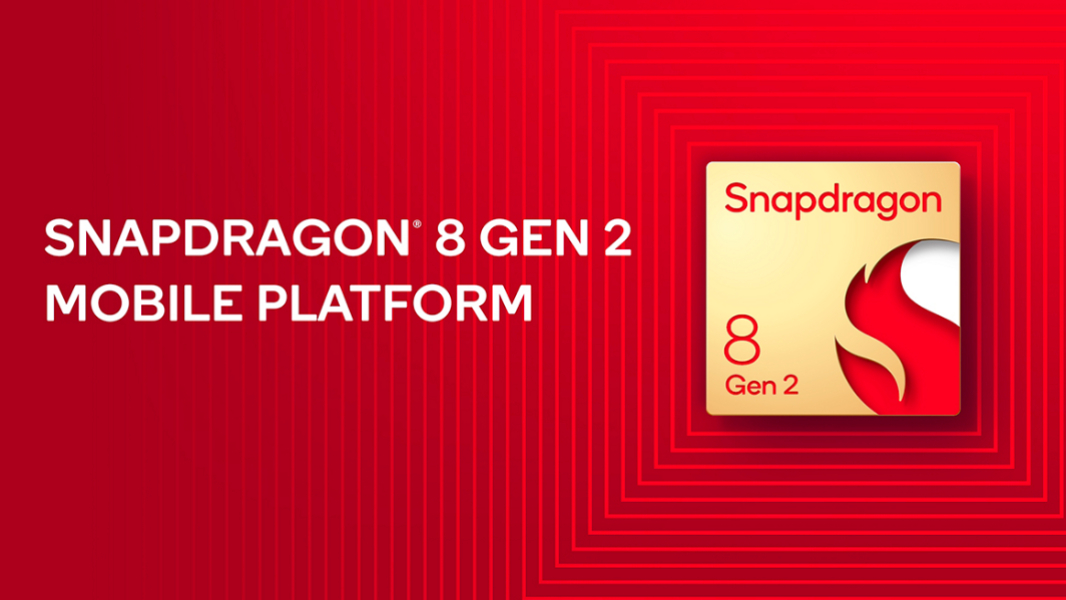Qualcomm Details Integrated SIM (iSIM) Support for its Snapdragon 8 Gen 2 Chip
- Laurent Giret
- Mar 01, 2023
-
0

Qualcomm announced at MWC this week that it has teamed up with Thales to certify its Snapdragon 8 Gen 2 SoC as the world’s first commercially deployable integrated SIM (iSIM) solution. An iSIM integrates the functionality of a SIM card directly on the SoC, which makes having a separate eSIM module on the motherboard unnecessary.
“The new iSIM can now offer device makers further opportunities to save space and reduce build and supply chain costs while maintaining best-in-class security level,” Qualcomm said in a press release. “Just like Thales’ eSIM, the new iSIM is fully compliant with the GSMA Remote SIM Provisioning standard; meaning its subscriptions are remotely manageable through any standard platforms.”
Windows Intelligence In Your Inbox
Sign up for our new free newsletter to get three time-saving tips each Friday — and get free copies of Paul Thurrott's Windows 11 and Windows 10 Field Guides (normally $9.99) as a special welcome gift!
"*" indicates required fields
Qualcomm’s Snapdragon 8 Gen 2 SoC powers Samsung’s Galaxy S23 Series, the OnePlus 11, and the Xiaomi 13 Pro. However, Qualcomm didn’t announce which smartphones with a Snapdragon 8 Gen 2 chip will come with an integrated SIM.
It’s also not clear yet if Qualcomm will bring its iSIM technology to its more affordable SoCs. “The emerging iSIM form factor complements existing SIM and eSIM designs,” the company emphasized, citing research from Kaideo Intelligence forecasting that iSIM will represent 19% of all eSIM shipments by 2027.
There are more and more smartphones with eSIM support on the market these days, and Apple’s iPhone 14 and iPhone 14 Pro models in the US have actually dropped support for physical SIM cards in favor of eSIM. “eSIM allows users to easily connect or quickly transfer their existing plans digitally, is a more secure alternative to a physical SIM card, and allows for multiple cellular plans on a single device,” Apple explained at the time.
While removing the SIM tray allows smartphone manufacturers to save some valuable space, integrating the SIM directly into the SoC instead of making space for an eSIM module should be even better design-wise. This could leave more room for bigger batteries and other components.
Prior to this iSIM announcement from Qualcomm and Thales, Google also announced at MWC that it’s working with the GSMA on a new eSIM transfert capability for Android phones. Later this year, this new standard will simplify the process of transferring a mobile plan to a new smartphone with an integrated SIM.